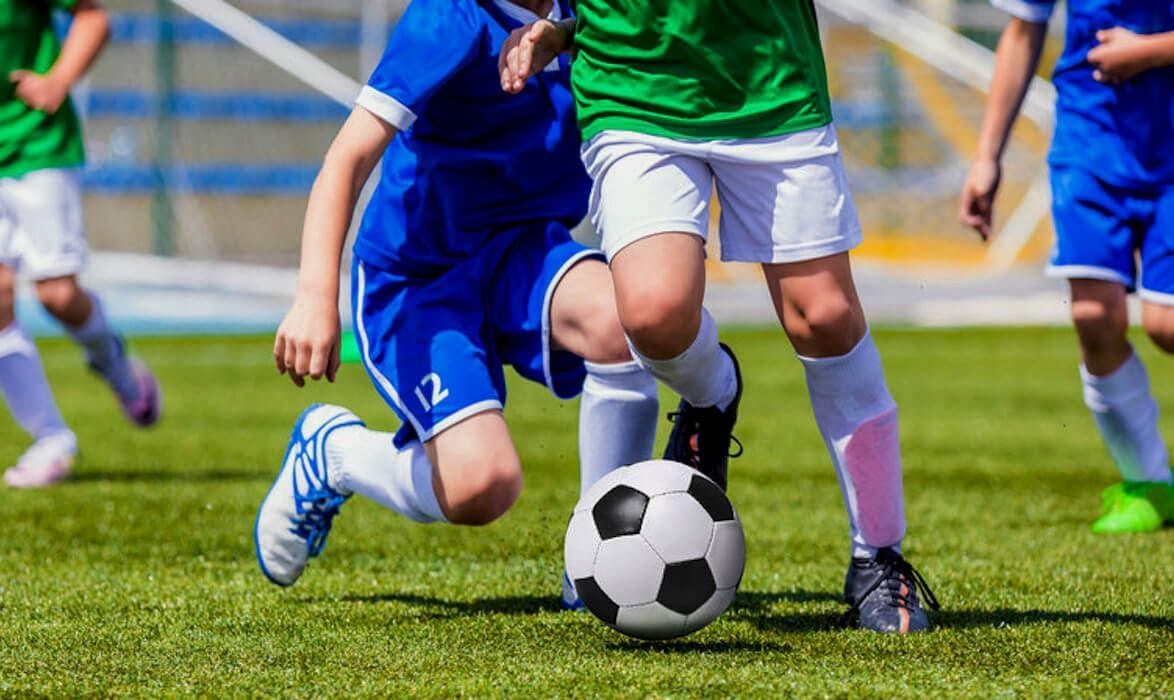Muscle Imbalance: The Perils of Over-Specialization in Youth Sports
If you spend much time around high school sports, it seems inevitable that you will see some young person hobbling around on crutches with a knee brace. ACL tears, a clear example of injury arising from muscle imbalance and one of the most serious injuries an athlete can face, seem to be proliferating in high school age athletes — in fact, a study conducted by the American Academy of Pediatrics found that the rate of ACL tears has been increasing 2.3% per year over the last 20 years. The authors cite several possible reasons for the increase, including higher rates of year-round participation in high-intensity athletics. The repetitive movements and difficulty in taking time off from a busy school, club and travel team schedule mean that bodies don’t always have time to recuperate, which can lead to injury.
A couple months ago, Golden State Warriors head coach Steve Kerr presented an argument on the Men in Blazers podcast for why playing soccer makes better basketball players. Kerr’s comments struck a cord for many because it feels rare to hear a coach at such a high level promote another sport, but his reasoning resonates. Better passing, he said, cutting, and angles. These field- and court-vision skills are about tactics: how to make the ball do the work and keep the other side off-balance. What also matters about this synthesis is the way it benefits bodies in motion as well as minds.
But Steve Kerr’s point had less to do with avoiding overuse injuries or burnout, and more to do with variety. Today, kids (and parents) are getting more serious at a younger age about elite athletics. Often, that means year-round participation in a single sport. According to a 2018 survey by the Aspen Institute and analyzed by the University of Texas, high school athletes who primarily played boys and girls soccer, baseball, softball and boys basketball started specializing in their primary sport at an average age of just 10 years old. It sounds outrageous, but that’s where we’re at as a society.
It may seem illogical to some, but this hyper specialization can actually be counterproductive. All athletes know that you peaking at the correct time is everything. You don’t want to burnout too early. Plus, the strengths of one sport can bolster another. Mentally, seeing the patterns on the hardwood as analogous to the pitch helps unlock new potential. Physically, we see the importance of not overusing muscles or limiting activity to one type of exercise. Figur8 has taken up the physical piece of this challenge, creating technology that not only provides athletes feedback on their progress, but also identifies muscle imbalances and possible areas of strain in real time. This objective data can then inform your training. With a thorough understanding of your body, you can optimize your training in such a way that will boost your odds of staying healthy while also maximizing your performance and improvement.
Playing other sports is not taking time away from your primary sport, it’s adding to your overall health and well-being. If Steve Kerr were the Czar of American Basketball, we might have a new model for what elite athletics mean: an understanding and appreciation for the hard work it takes to be good at anything, and the enjoyment that comes from seeing the game from a new angle.

![[object Object]](https://images.prismic.io/figur8tech/65c1ff35615e73009ec452cb_PhysiologicalBalanceisEverything.jpg?auto=format,compress)